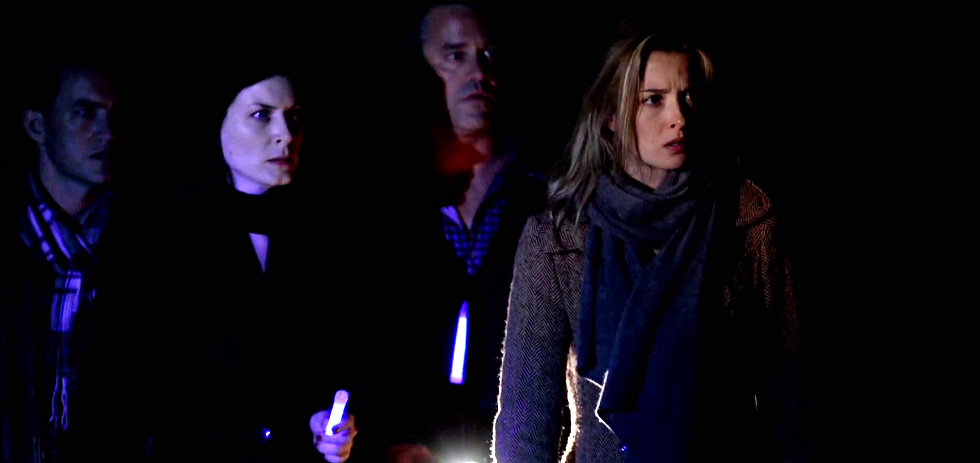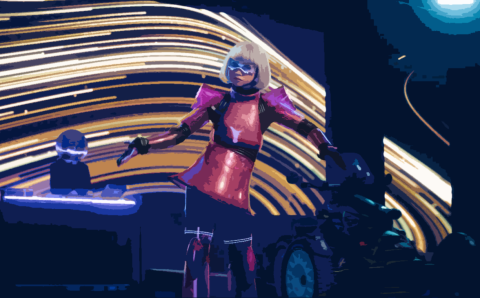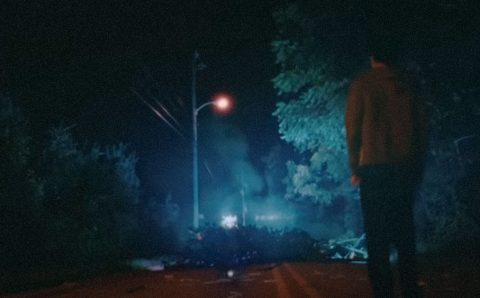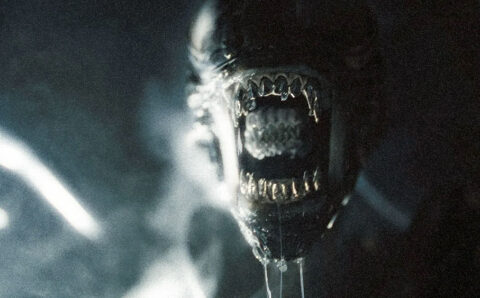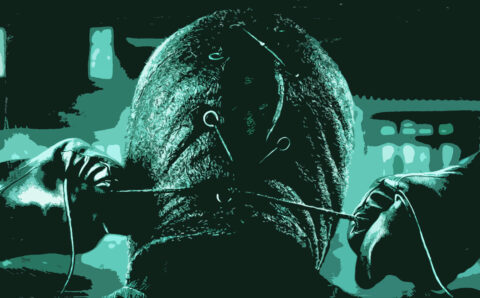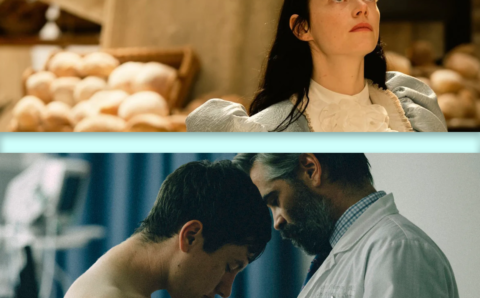Ryan Derenberger is a freelance journalist and editor, a Journalism and AP Language teacher at Whitman HS in Bethesda, MD, and the founder of 'The Idea Sift.' He also serves on the board of directors for student journalism nonprofit 'Kidizenship.'
April 29th, 2021 at 5:26 pm EDT
Dinner parties and quantum physics, it turns out, are more compatible than we ever realized. No, it’s not because your weird cousin or New Age uncle was invited to Friday dinner. It’s because once in a full moon, a comet skims close enough to Earth to disrupt the spacetime continuum and send improvisational actors into a tizzy.
In Coherence (2013), co-writer and director James Ward Byrkit found and amplified a frequency of failed romance and risk, and harmonized it all with sci-fi texture. The premise is a simple one: A series of old friends and dates join for an evening of wine, awkward anecdotes and, for some of them, an elixir of herbs with “a whisper of ketamine” (one of the guests is a New Ager, it turns out). Power outages and spontaneously combusting phones, among other Twilight Zone hijinx, begin to displace these more grounded storylines, and the blend that results is a chilling joy.
Emily Baldoni stars as Em, a tragically failed choreographer and dancer weighing whether to give up her creative pursuits and follow her boyfriend Kevin (Maury Sterling) on his own work abroad. Assume a few love triangles with surprise exes, and you have the makings for a half-decent conversation film that, with a little Tarantino in the dialogue, might have enough zest on its own to sustain most moviegoers’ attention. The after-meal rotating table scenes at the beginnings of Reservoir Dogs and Deathproof certainly come to mind.
In Coherence, the dialogue is more down-to-earth than the symphonies of wit Tarantino dreams up. No character has the benefit of that perfect uplink to a screenwriter’s creativity — instead, with Coherence, much of the dialogue was improvised.
Byrkit shot the film in under a week, largely in his own living room. Co-writer Alex Manugian cast himself in the movie and sat at the story’s dining room table, too, making it his mission to guide the improvising actors into the necessary beats to give the movie direction. Some of the plot twists the actors themselves had no idea were coming. A loud knock at the door, and you witness genuine surprise.
The camera floats around in the middle of the dinner table and over the shoulders of the cast as an insect-drone might. The ambient light is intimate, and you find yourself hanging on every facial contortion as though it were a window to your friends’ own incestuous machinations.
As the group coalesces to try to understand the seeming collapse of the reality around them, the freaky stuff starts to accelerate, and the movie begins to straddle science fiction and horror.
Little will draw you out, with the characters largely avoiding horror clichés. Pay attention instead for clever breadcrumbs in frame that give the mystery unfolding for the characters a “play from home” feel.
Everything about the film is, on its own, serviceable, with the combined effect being extraordinary. Elements seem to fill in just enough of the sound and light waves from the screen for a lush warmth to emanate.
Coherence in its flitting camera and realism bears more than a passing resemblance to The Blair Witch Project (1999), which started the found-footage horror craze and led to darling franchises like those of the wildly successful Paranormal Activity (2007) series and the clever, if predictable Unfriended (2014) double-feature.
The Blair Witch Project notably also leaned heavily on the improvisational prowess of its actors, and the strong stomachs of its audience braving even the shakiest of handheld cams.
What Coherence does that’s so unique, though, is offer viewers a chance to see something they’ve rarely ever seen before — not in style, but in their own neurochemistry. The first time you ever chanted “Bloody Mary” in your bathroom mirror. Your first ride in a rollercoaster, dipping. Try to recall the elixir your brain digested, then, through its synapses. Coherence seems to play chemistry in a part of your brain that’s reserved for existential stretching — which, for most of us goes unmoved — and it tugs. How would we ever sustain focus and aim to live and work through our days, if not for the rest of our inner philosopher and paranoid egocentric?
But in the safety of a dark room of your own, in Coherence, you might just feel them leap awake, and in the scare, laugh.

